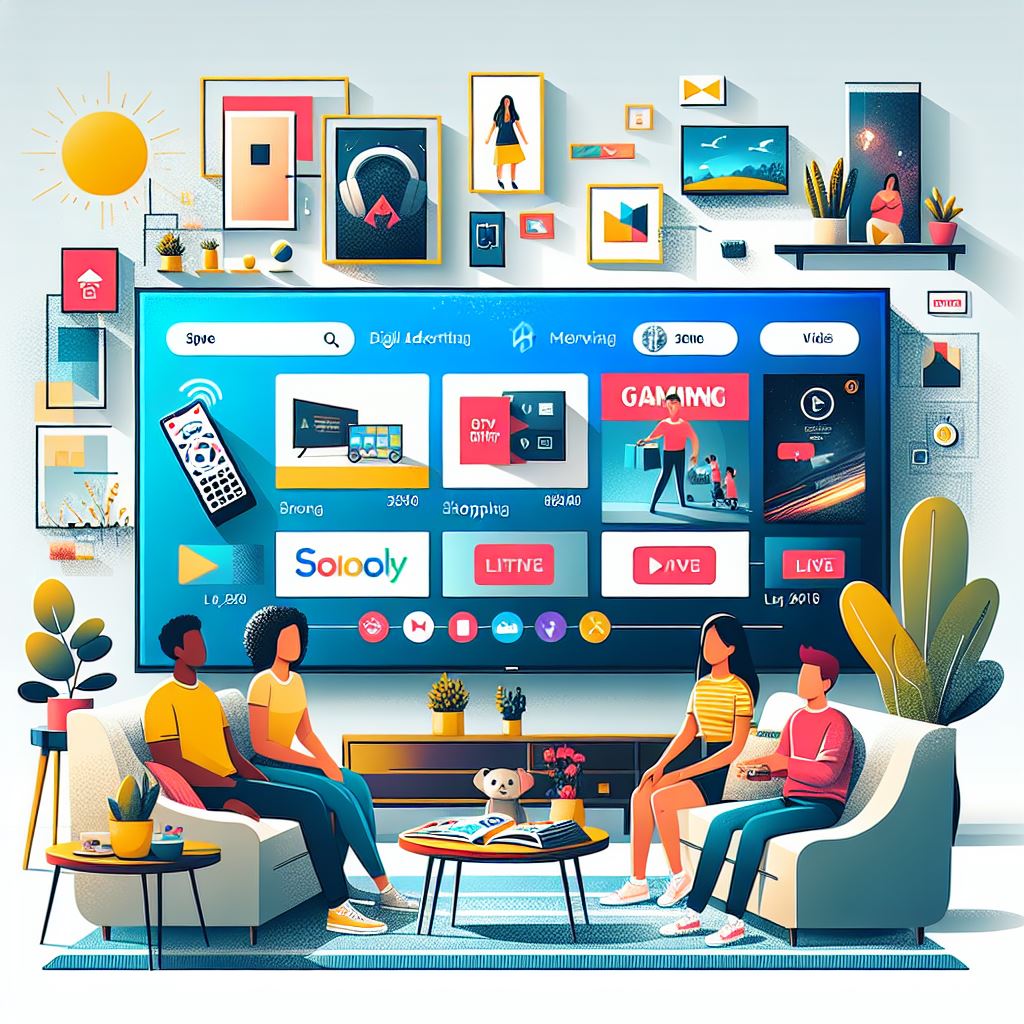The world of digital marketing and advertising has been going through unprecedented shifts in norms. This is driven by various factors like the GDPR rollout and increasing personalisation of marketing messages. These superfast changes will keep happening in the advertising industry in the next year too. As we move to 2018, let’s check out what 2018 holds for us, digital advertisers:
1. Balancing US vs EU advertising approaches
It is increasingly becoming clear that the two nations, US and Europe are adopting different strategies as far as online advertising is concerned. With the GDPR rollout in May 2018, the difference will expand further. Be it privacy, data protection, or net neutrality, the two nations are going different paths. For digital advertisers, this means balancing both the perspectives for a truly global outreach.
2. The duopoly will make way for new players
Google and Facebook have long been the two digital advertising kings. But their duopoly is about to get a serious challenge from another emerging giant – Amazon. Almost 70% of product searches happen on Amazon. This gives them access to a vast pool of customer data that can be layered on its robust Demand Side Platform (DSP). Together they can yield exceptional results.
Also helping Amazon’s cause is the number of issues and fake information problems faced by Facebook in 2017. Google too faced a lot of heat over objectionable content put up on YouTube and how it was profiting from videos that spread disinformation, hate speech, and conspiracy news.
3. ISPs will emerge
The new anti-regulatory climate will be taken advantage of by ISPs such as AT&T, Comcast, and Verizon. The net holdings of Yahoo’s internet business and AOL’s ad tech makes Verizon a frontrunner in this race. The Senate’s reversal of FCC privacy rules (which limited what ISPs could do with consumer data without consent) too, has helped ISPs maintain the same privacy standard as the Big Two – Google and Facebook.
The amount of information held by ISPs on their customers’ internet & mobile usage and behaviour data is enormous. Some examples of such non-personally identifiable (non PII) data include geolocation data, browsing data, listening and viewing data, app usage data.
4. Influence of voice search will increase
Voice search enabled by the likes of Siri, Cortana, and Ok Google is increasingly being adopted by consumers to search for products, reviews, and ratings. Businesses will take cognisance of this trend in 2018. With 20% of all searches being voice-based, its growing influence in the coming years cannot be undermined.
On the supply side too, parent companies are ‘training’ their voice assistants and voice command tools to be more conversational and smarter to respond to the users’ voice queries. They need to tailor their content and algorithms to understand pronunciation and accents correctly. They also need to better factor in natural language as against brief search queries. These steps will help voice search be more relevant and precise.
These were some of the digital advertising trends that you need to be on the lookout for in the upcoming year. It is evident that a lot of efforts need to be put in by digital advertisers if they want to continue remaining relevant to their customers and competitive to their rivals.
Adhering to these trends will be an ideal first step to take in a fast-changing digital advertising landscape. Which ones will be the focus of your advertising strategies? Do write to us and let us know.





